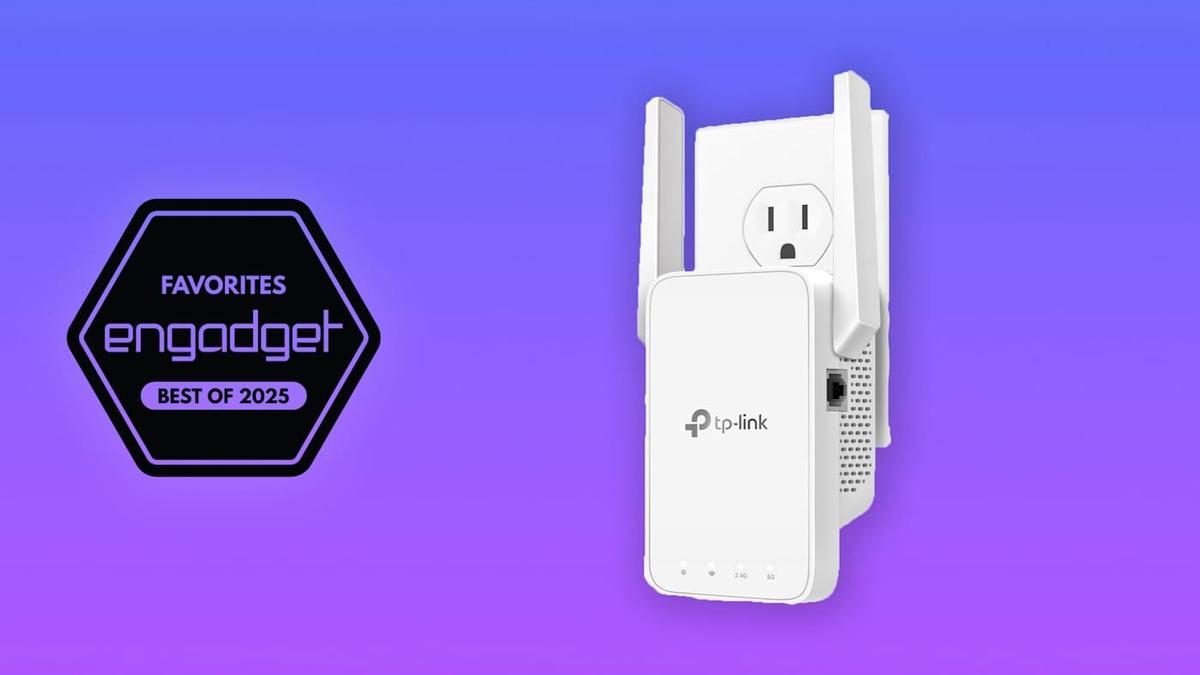Apple AirTags: How They Work and Why You Might Want One
Apple AirTags: How They Work and Why You Might Want One
Lost your keys again? Can’t find your wallet before rushing out the door? Apple’s AirTags might be the solution you’ve been looking for. These small, coin-sized devices help you keep track of your belongings using Apple’s vast “Find My” network. Let’s dive into what AirTags are, how they work, and whether they’re right for you.
What are Apple AirTags?
AirTags are small, Bluetooth-enabled trackers designed to be attached to items you frequently misplace. Think keys, wallets, backpacks, luggage, or even your pet’s collar. They integrate seamlessly with Apple’s “Find My” app, allowing you to locate your tagged items easily.
Key Features:
- Precise Location Tracking: Using Ultra Wideband (UWB) technology, AirTags offer precise location tracking with compatible iPhones (iPhone 11 and later). This means you can pinpoint the location of your item within inches.
- “Find My” Network: If your AirTag is out of Bluetooth range, it leverages Apple’s vast “Find My” network. Millions of Apple devices worldwide can anonymously detect your AirTag and relay its location to you.
- Privacy Focused: Apple has built-in privacy features to prevent unwanted tracking. AirTags are designed to discourage malicious use, such as stalking.
- Simple Setup: Pairing an AirTag with your iPhone is as easy as pairing AirPods. Just bring it close to your phone, and a connection prompt appears.
- Lost Mode: If you lose an item with an AirTag attached, you can put the AirTag into “Lost Mode.” If another Apple device user comes near it, they’ll receive a notification with your contact information (if you choose to share it).
How Do AirTags Work?
The magic of AirTags lies in their combination of hardware and software working together. Here’s a breakdown:
- Bluetooth Connectivity: AirTags use Bluetooth to communicate with your iPhone or other Apple devices.
- Ultra Wideband (UWB): For newer iPhones, UWB provides precise location data. This lets you use the “Precision Finding” feature, which guides you to your AirTag with visual and haptic feedback.
- “Find My” Network: When an AirTag is out of Bluetooth range, it sends out a secure Bluetooth signal that can be detected by nearby Apple devices. These devices anonymously relay the AirTag’s location to Apple’s servers, which then updates the location in your “Find My” app. The owner of the relaying device will not know about this.
- Lost Mode: When you activate Lost Mode, the AirTag can display a message with your contact information if someone finds it and taps it with their smartphone (even Android phones with NFC).
AirTags vs. Other Trackers
While AirTags aren’t the only tracking devices on the market, they offer some unique advantages, especially for Apple users.
Compared to Tile:
- Network Size: Apple’s “Find My” network is significantly larger than Tile’s network, increasing the chances of finding lost items.
- Precision Finding: The UWB technology in AirTags provides more precise location tracking than Tile’s Bluetooth-only approach (on models without UWB).
- Privacy: Apple’s privacy features are generally considered more robust than Tile’s.
Alternatives for Android Users:
If you’re an Android user, you might consider trackers like Chipolo or Pebblebee. These devices use Google’s “Find My Device” network, which is similar to Apple’s but designed for Android devices. They offer a broader compatibility for those outside the Apple ecosystem.
Tips for Using AirTags Effectively
- Attach Securely: Since AirTags don’t have a built-in keyring, you’ll need to purchase accessories to attach them to your belongings. Make sure the attachment is secure to prevent the AirTag from falling off.
- Name Appropriately: Give each AirTag a descriptive name in the “Find My” app (e.g., “Keys,” “Wallet,” “Backpack”). This makes it easier to identify them.
- Check Battery Regularly: AirTags use a replaceable CR2032 battery, which typically lasts about a year. The “Find My” app will notify you when the battery is low.
- Consider Privacy: Be mindful of the potential privacy implications of using AirTags. Don’t use them to track people without their consent.
Actionable Takeaway
Before purchasing an AirTag, consider what you want to track and how often you lose those items. If you’re constantly misplacing your keys or wallet around the house, an AirTag could save you valuable time and frustration. However, if you’re only occasionally losing items, a simpler solution might suffice.
FAQ About Apple AirTags
Q: Do AirTags work with Android phones? A: While Android phones can detect an AirTag in Lost Mode, they can’t be used to set up or manage AirTags.
Q: How long does the AirTag battery last? A: The battery typically lasts about a year and is easily replaceable.
Q: Are AirTags waterproof? A: AirTags are water-resistant, not waterproof. They can withstand splashes and brief immersion in water.
Q: Can someone track me with an AirTag without my knowledge? A: Apple has implemented measures to prevent unwanted tracking. If an unknown AirTag is moving with you for an extended period, your iPhone will alert you.
Key Takeaways
- Apple AirTags are small trackers that help you find lost items.
- They use Bluetooth and Ultra Wideband technology for precise location tracking.
- The “Find My” network leverages millions of Apple devices to locate lost AirTags.
- AirTags offer privacy features to prevent unwanted tracking.
- Android users should consider alternative trackers that use Google’s “Find My Device” network.
AirTags are a useful tool for anyone prone to misplacing their belongings, especially those already invested in the Apple ecosystem. With their ease of use and robust tracking capabilities, they can bring peace of mind and save you time searching for lost items.
Source: Engadget



